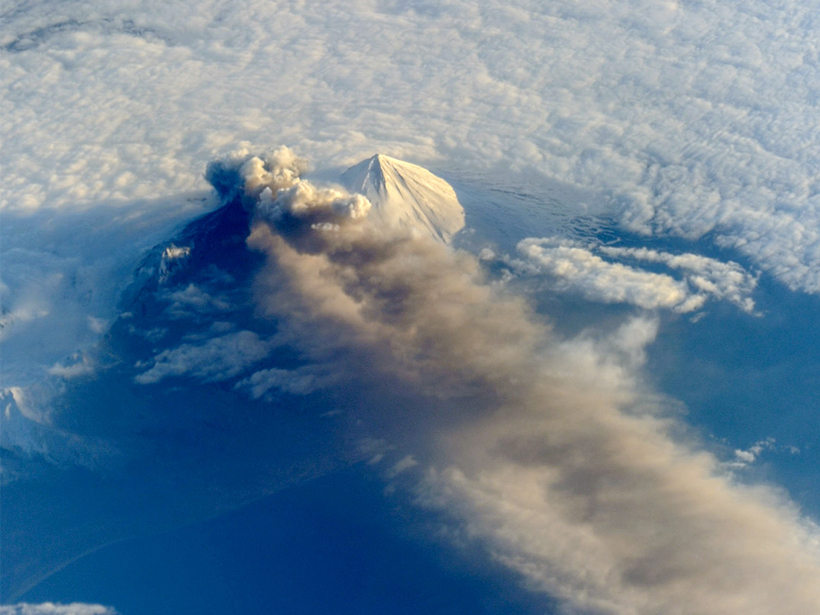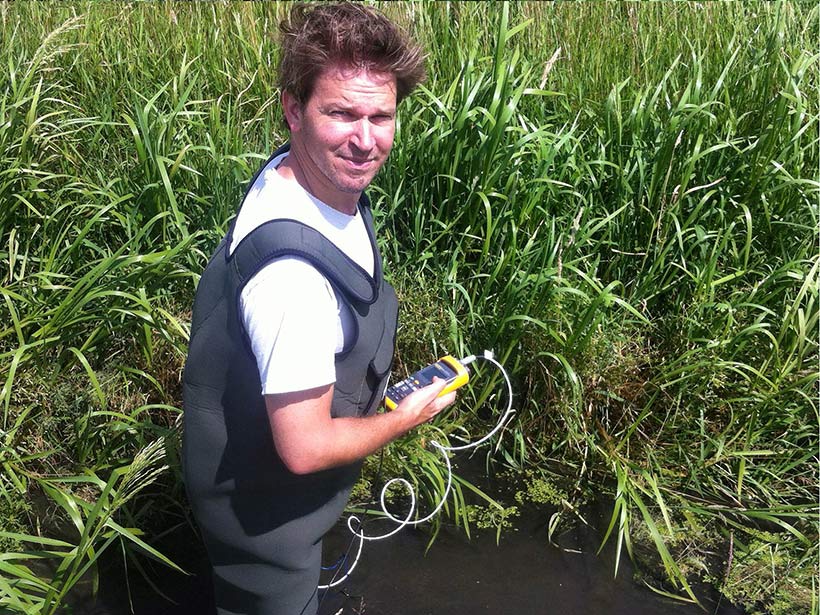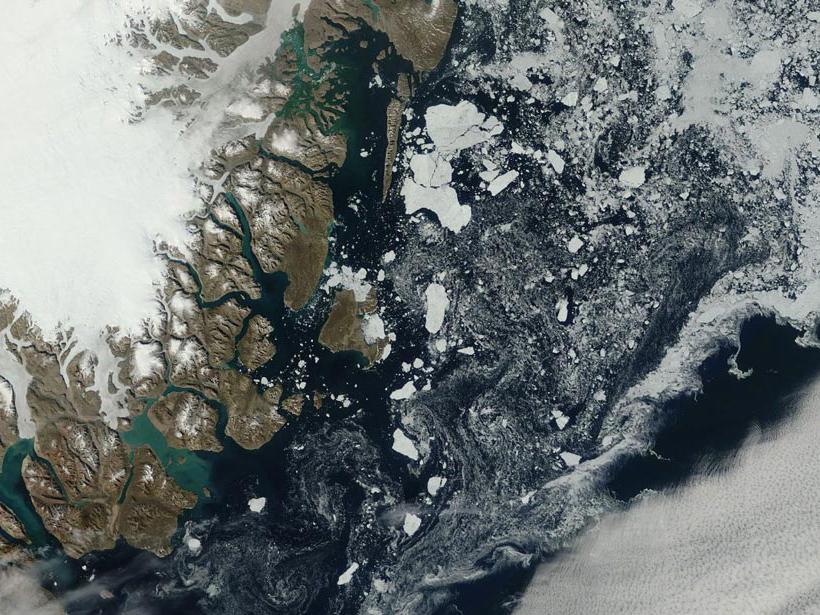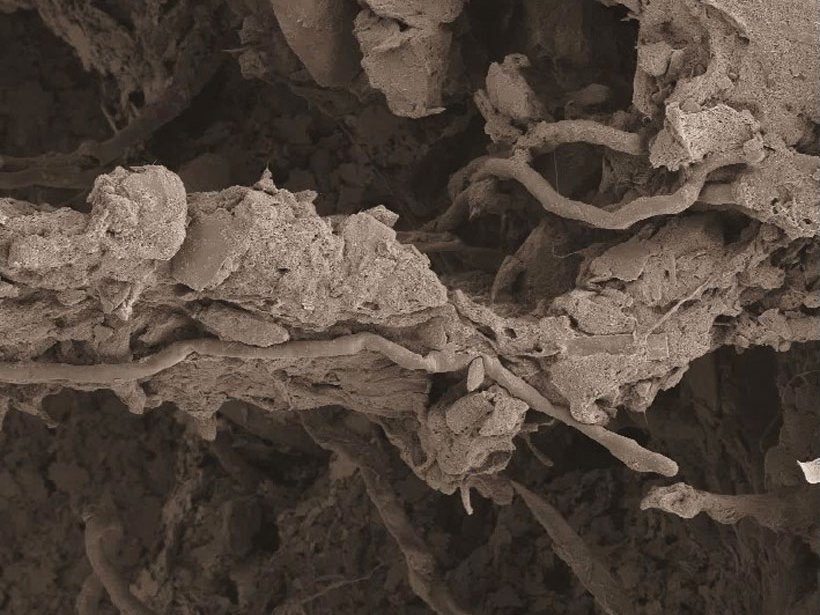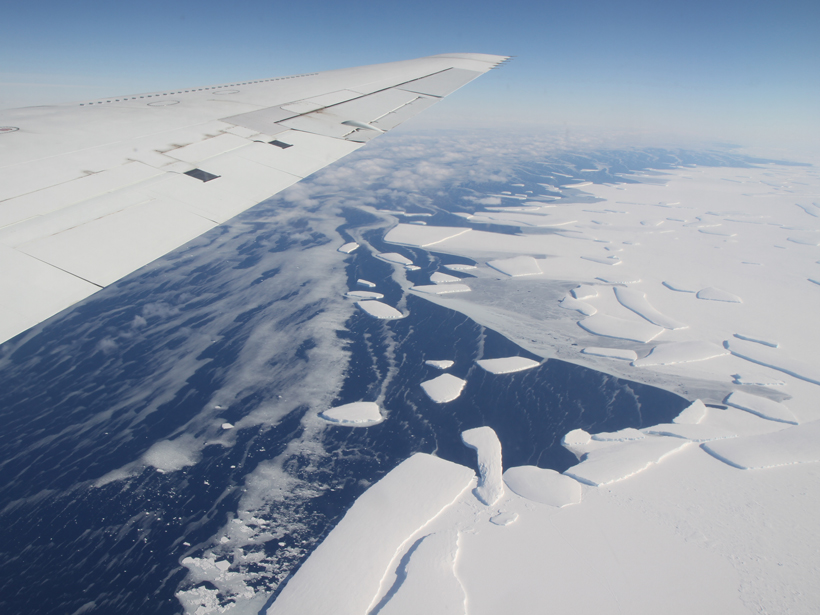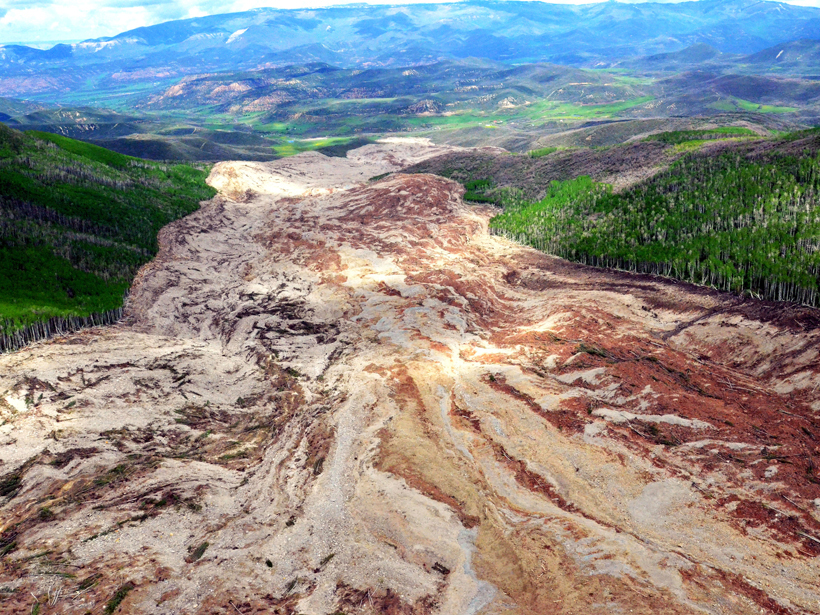When sound waves hit the ground, they shake seismometers like earthquake waves. Scientists can now use these sound-induced seismic waves to investigate volcanic activity.
JoAnna Wendel
JoAnna Wendel is a freelance science writer and cartoonist. She covers topics ranging from the geology of faraway moons to the behavior of animals in our oceans. She served as a staff writer for Eos from 2014 to 2018, then worked in communications in NASA’s Planetary Sciences Division. JoAnna is now freelancing full time as a writer and artist.
Tide Pools Mimic Climate Change in Everyday Cycle
Researchers unexpectedly discovered that tiny shoreline ecosystems act as miniature laboratories in which ocean acidification and its effects play out nightly.
Space Telescope Findings Suggest Molten Planetary Surface
Researchers studying the super-Earth 55 Cancri e spotted some puzzling features that provide a new vision of the orb's surface.
Author Tells Tale of Cellular Engines That Power Life
The American Geophysical Union held a public lecture to introduce a new book about how microbes changed the world.
Temperature-Sensing Overalls Offer Scientific Promise
In a proof-of-concept experiment, researchers test out how well a pair of fisherman's waders can sense changes in water temperature.
Current Carbon Emissions Unprecedented in 66 Million Years
An ancient carbon dioxide release associated with a much hotter Earth than today took place at only a tenth the pace of our present atmospheric carbon buildup, a new study confirms.
Using Acid and Physical Force, Fungi Burrow Through Rock
Scientists observe the step-by-step process by which a fungus attacks a mineral to extract vital nutrients.
Can Carbon Dioxide Trigger Geyser Eruptions?
Researchers looking at geyser discharge water in Yellowstone National Park found that dissolved carbon dioxide could be involved in a geyser's eruption.
Scientists Find the Point of No Return for Antarctic Ice Cap
Varying amounts of glacial debris in a core of ancient sediment show the ice cover grew and shrank until airborne carbon dioxide levels fell below 600 parts per million, spurring steady growth.
Forensic Analysis of Landslide Reveals Rocky Secrets
Scientists used drones, seismic data, and eyewitness accounts to figure out what unleashed an unthinkably large landslide on a spring day in Colorado.

